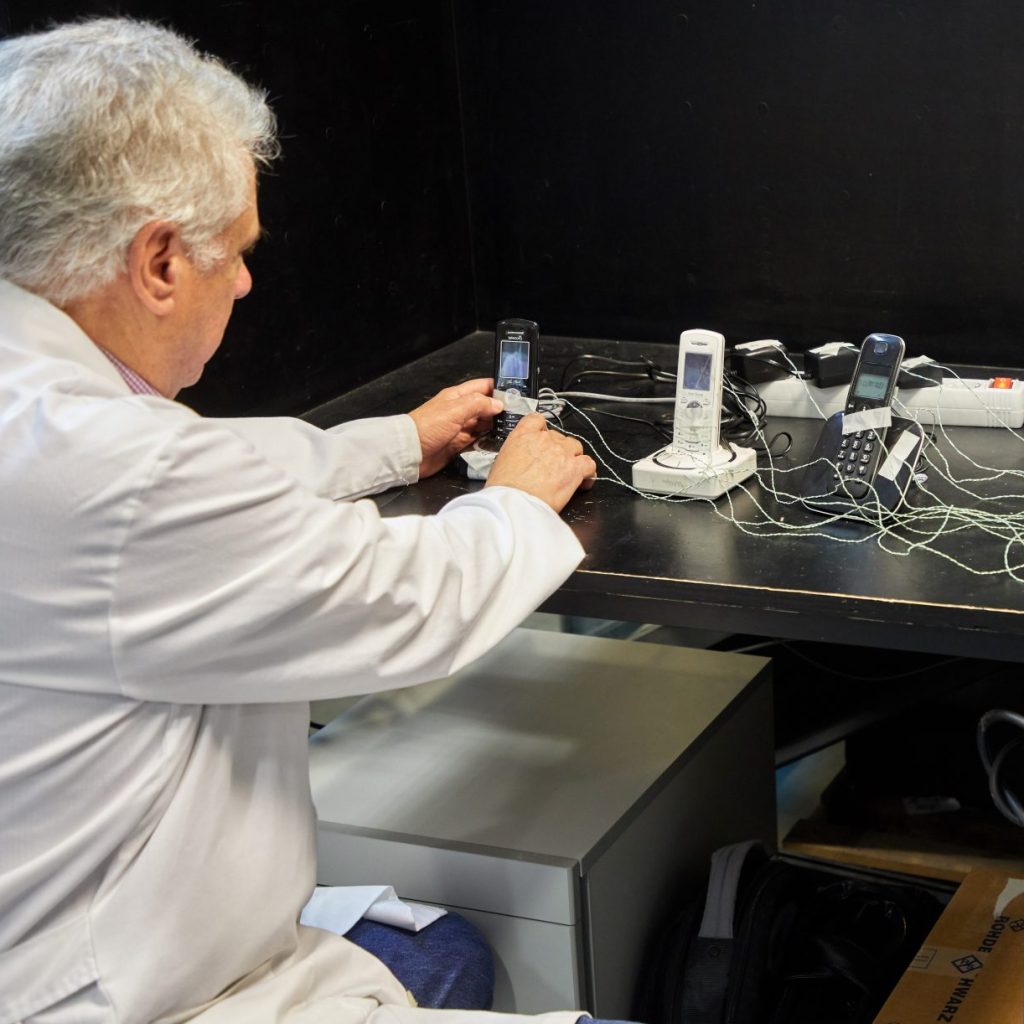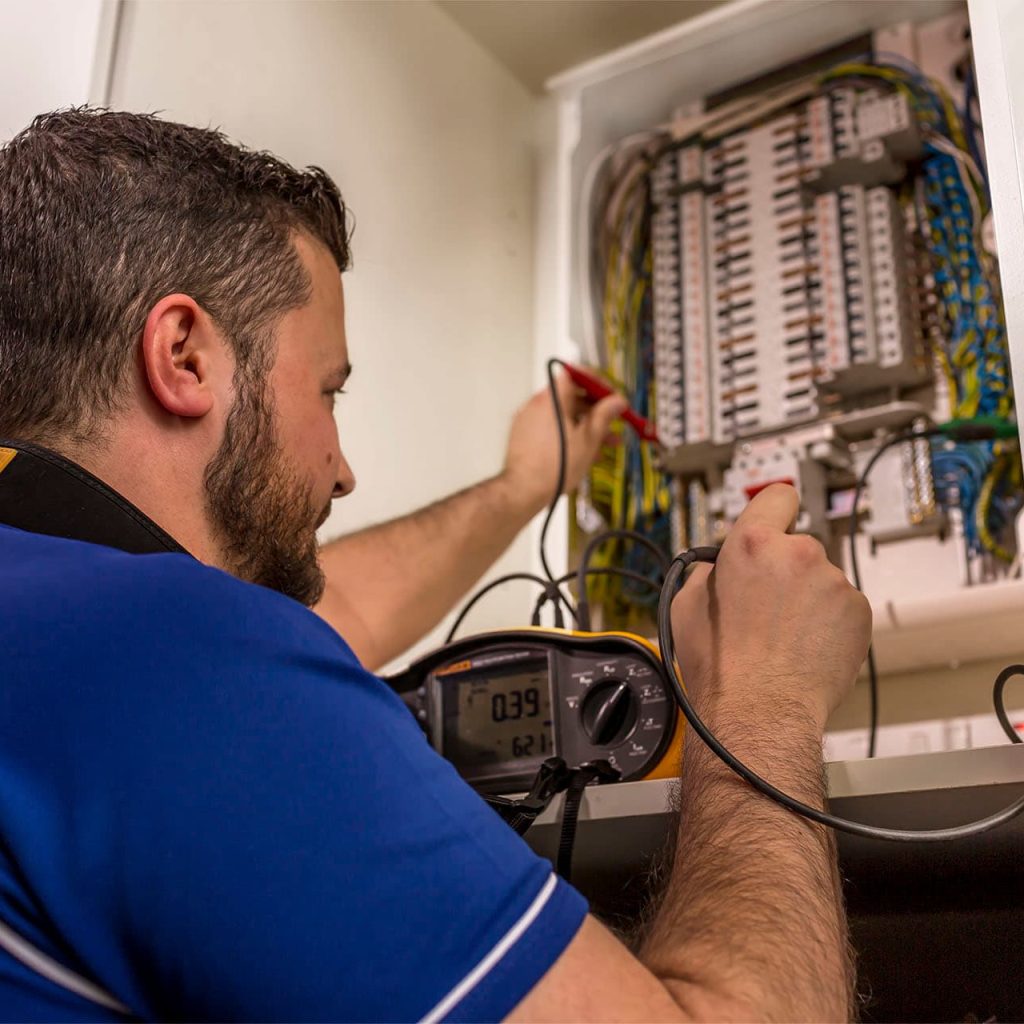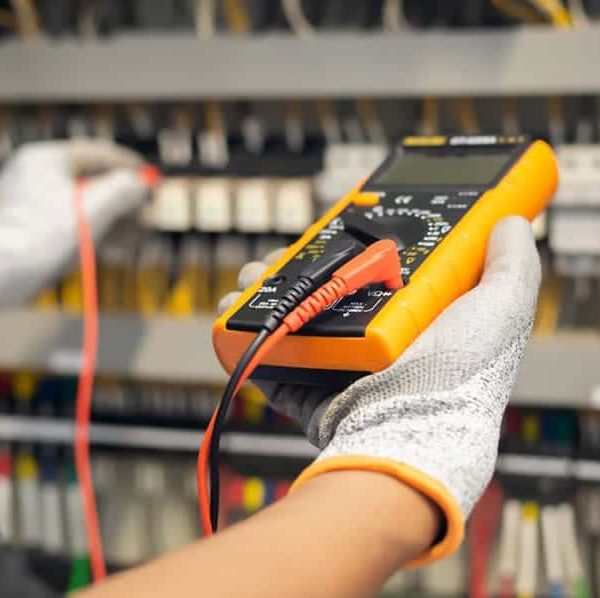Introduction: The Importance of Electrical Safety
Electrical safety is crucial in maintaining safe environments in homes, workplaces, and public spaces. Accidents due to electrical hazards can lead to severe injuries, property damage, or even fatalities. Therefore, performing electrical safety tests is essential. These tests aim to identify potential risks and ensure that electrical systems meet safety standards. This article will explore various types of electrical safety tests, their significance, and the steps to ensure compliance.
Why is It Important That an Electrical Device Has A Ul Listing on It?
UL listing is vital for ensuring the safety, quality, and compliance of electrical devices. It offers consumers and manufacturers numerous benefits, including increased confidence, reduced liability, and adherence to regulatory standards. The rigorous testing process guarantees that products perform safely in real-world conditions, while continuous monitoring reinforces ongoing safety.
For manufacturers, obtaining a UL listing enhances credibility and opens doors to new markets. As consumers become more aware of the significance of UL certification, they contribute to a safer environment for everyone. Ultimately, prioritizing UL-listed electrical devices is a wise choice for promoting safety and fostering trust in the marketplace.

Types of Electrical Safety Tests
Insulation Resistance Testing
One of the critical electrical safety tests is insulation resistance testing. This test evaluates the integrity of insulation in electrical equipment. Insulation acts as a barrier to prevent electrical currents from escaping and causing short circuits or electrocution.
During this test, a high-voltage insulation resistance tester is used to measure the resistance of insulation in cables and equipment. A higher resistance value indicates better insulation. Regular insulation resistance tests help identify potential weak spots in electrical systems, allowing for proactive maintenance before failures occur. This test is especially important in safety-sensitive environments such as hospitals and public facilities.
Continuity Testing
Continuity testing is another vital electrical safety test. It ensures that electrical circuits are complete and functioning correctly. This test checks for any breaks in the circuit, which could cause equipment to malfunction or lead to safety hazards.
Using a continuity tester, electricians can determine whether the electrical path is intact. This test is commonly performed on wiring, switches, and outlets. If continuity is absent, troubleshooting is needed to locate and repair any issues. Routine continuity tests can prevent unexpected equipment failures and enhance overall system reliability.
The Role of Earth Ground Testing
Understanding Earthing Systems
Earth ground testing involves verifying the effectiveness of grounding systems. Grounding is a safety measure that directs excess electrical charges safely into the earth. This practice minimizes the risk of electric shock and equipment damage.
Grounding systems can degrade over time due to corrosion, loose connections, or other factors. Regular testing of these systems ensures they provide adequate protection. Common methods include using ground resistance testers to measure resistance levels and ensure proper connections are intact.
Benefits of Proper Grounding
Having a reliable earth grounding system can protect individuals and property. Proper grounding reduces the chances of electrical fires and equipment malfunctions, ensuring a safe environment. In workplaces, compliant grounding systems can meet regulatory requirements, mitigating legal risks. By investing in routine earth ground testing, organizations can maintain electrical safety and operational efficiency.

Visual Inspection and Maintenance
Conducting Visual Inspections
Visual inspection is an essential part of electrical safety testing. Regularly checking electrical equipment and installations can identify issues before they escalate into serious problems. Electricians look for signs of wear and tear, such as exposed wires, frayed insulation, and damaged plugs.
In addition to physical inspections, visual assessments also help in verifying that installations meet relevant codes and standards. This proactive approach can extend the lifespan of electrical systems. By maintaining a schedule for visual inspections, organizations can foster a culture of safety and awareness.
Identifying Wear and Tear
During a visual inspection, electricians meticulously look for signs of damage, such as exposed wires, frayed insulation, and damaged plugs. These issues, if left unchecked, can lead to electrical failures or even fires. Catching these problems early enables timely repairs and prevents costly downtime or repairs later. This careful attention to detail ensures that all components of the electrical system remain in good condition.
Verifying Compliance with Standards
Visual assessments are not limited to identifying physical damage; they also help verify compliance with relevant codes and standards. Ensuring that installations meet established guidelines is essential for legal compliance and safety. Electricians cross-reference inspections with current regulations to ensure all systems are up to standard, reducing the risk of accidents and improving the overall reliability of electrical systems.
Keeping Maintenance Records
Documenting the results of visual inspections and maintenance activities is vital for safety compliance. Keeping accurate records allows for tracking any changes made over time and helps identify recurring issues. This information can guide future electrical safety tests and updates.
Establishing a maintenance management system can streamline this process. By utilizing software tools, organizations can efficiently track inspections, schedules, and repairs. Proper record-keeping supports transparency and accountability while reinforcing the commitment to electrical safety.
Safety Compliance Standards
Understanding Regulatory Standards
Electrical safety tests must comply with established standards to ensure safety and reliability. Various organizations, such as the National Fire Protection Association (NFPA) and the International Electrotechnical Commission (IEC), set these standards. Compliance with these regulations helps organizations avoid legal liabilities and maintain high safety levels.
These standards also guide the testing procedures, ensuring they cover necessary aspects of electrical safety. Following these guidelines helps mitigate risks associated with electric shocks, short circuits, and fires. It is crucial to stay updated on any changes in regulations and adopt best practices for safety compliance.
Certification and Accreditation
Obtaining certifications for electrical safety auditors and technicians is crucial. These certifications demonstrate that professionals possess the necessary skills and knowledge to conduct safety tests effectively. Accredited training programs also ensure that the latest standards and practices are incorporated into testing procedures.
Organizations should encourage employees to pursue certification in electrical safety testing. This not only enhances the skill set of the workforce but also contributes to a safer working environment. Investing in training and certification reflects a commitment to safety and reliability.

The Importance of Training and Awareness
Staff Training Programs
All staff involved with electrical systems should undergo training on safety testing and protocols. This training should cover the importance of electrical safety, proper testing procedures, and emergency response measures. Ensuring that all personnel are informed reduces the risk of accidents.
Hands-on training can be beneficial, allowing individuals to practice testing methods and familiarize themselves with equipment. Regular refresher courses help maintain awareness and may introduce employees to new safety standards and technologies. Cultivating a safety-first mindset within the workforce can significantly enhance overall safety.
Promoting a Safety Culture
Fostering a culture of safety goes beyond individual training. Regular safety meetings and discussions can keep electrical safety challenges at the forefront of everyone’s mind. Encouraging employees to report unsafe conditions or practices can cultivate an environment of accountability and vigilance.
Incorporating safety into performance evaluations can further emphasize its importance. Recognizing employees who actively contribute to maintaining safety can motivate others to adopt similar behaviors. By prioritizing electrical safety at all levels, organizations can create a strong foundation for a safe working environment.
Conclusion: Ensuring Electrical Safety Through Testing
Electrical safety tests are essential for maintaining safe environments in homes, workplaces, and public spaces. Understanding the different types of tests, including insulation resistance testing, continuity testing, and earth ground testing, is crucial for proactive safety management.
Regular visual inspections and adherence to compliance standards enhance safety measures, while staff training and awareness foster a culture of vigilance. By prioritizing electrical safety testing, organizations can mitigate risks, protect lives, and ensure the reliability of their electrical systems. Investing in these practices is not only wise but necessary for safeguarding everyone’s well-being.


